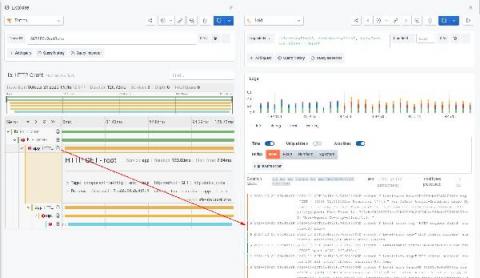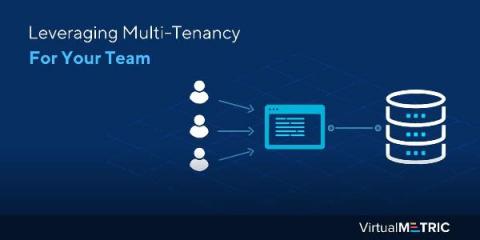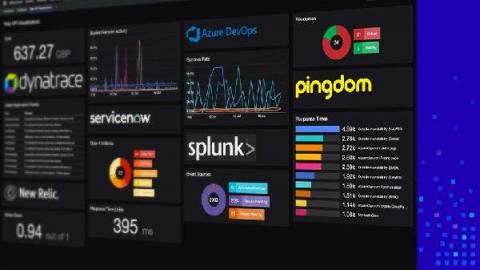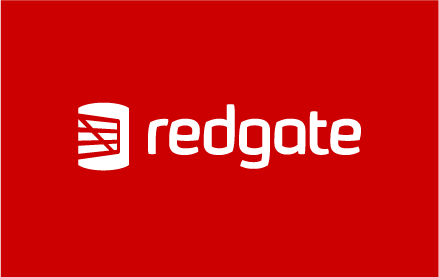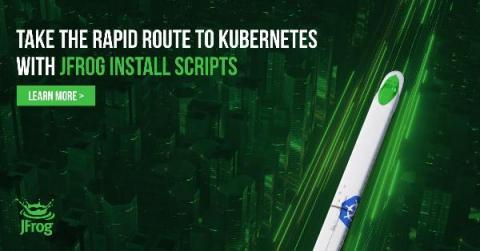Operations | Monitoring | ITSM | DevOps | Cloud
Latest Posts
Grafana 2020 year in review
Amid a year of challenges and change, Grafana made great strides in 2020. Grafana currently boasts more than 600,000 active installations and millions of dashboards in use across the globe. And this year, after 18,000 commits and 3,699 pull requests from 362 contributors, we revealed the next chapter of our observability story.
Leveraging Multi-Tenancy For Your Team
Remote teams that work on dependent products face resource crunches and delays. When several teams work on interrelated projects, the chances are high that they will soon end up meeting at some point where they have to wait for resource release from another team or teams. For instance, when team A wants an update to an app currently maintained by Team B, they would want to automatically access the latest version of the app whenever a new bug is fixed and an update is made.
Why choose the Connect license for SquaredUp 5.0?
Every enterprise has its arsenal of tech tools to tackle an array of different challenges. Useful, and necessary, but often a pain to monitor. Whatever your data sources, being able to bring all these metrics into a unified dashboard provides valuable context, which in turn helps you identify and correlate problems more quickly, resulting in improved reaction time and decision making.
Route SSH Connections with HAProxy
Route SSH connections through HAProxy using the SSH ProxyCommand feature and SNI. Did you know that you can proxy SSH connections through HAProxy and route based on hostname? The advantage is that you can relay all SSH traffic through one public-facing server instead of needing to grant users direct access to potentially hundreds of internal servers from outside the network.
Using Hybrid and Multi-Cloud Service Mesh Based Applications for Distributed Deployments
Service Mesh is an emerging architecture pattern gaining traction today. Along with Kubernetes, Service Mesh can form a powerful platform which addresses the technical requirements that arise in a highly distributed environment typically found on a microservices cluster and/or service infrastructure. A Service Mesh is a dedicated infrastructure layer for facilitating service-to-service communications between microservices.
Set up K3s in High Availability using k3d
Have you ever wanted to try K3s high availability cluster “mode,” and you either did not have the minimum three “spare nodes” or the time required to set up the same amount of VMs? Then you are in for a good treat: meet k3d! If you’re not familiar with k3d, its name gives you a hint to what it’s all about: K3s in Docker.
Where does the tech sector go in 2021?
Install JFrog Platform on Kubernetes in Under 20 Minutes
If the best of the best can be bested, what chance do the rest of us have?
This is a very relevant question as news of the FireEye and SolarWinds breaches aired. FireEye is a major player in the cybersecurity world. They are one of the top choices to be brought in to respond to a data breach. If they can be hit how can the average company hope to stay safe? The reality is, none of us are safe. No amount of technology, personnel or caliber of skills in the world can guarantee you will never have a data breach or be the victim of ransomware.



